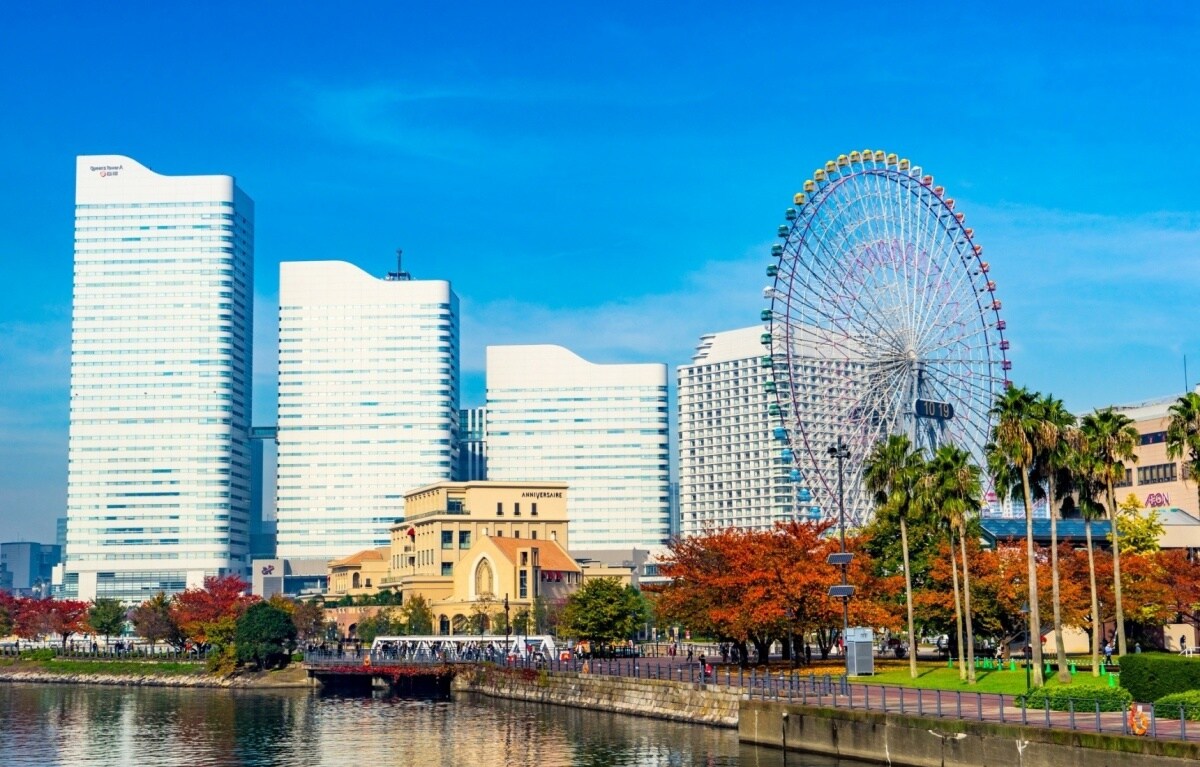Our 'Eat-See-Buy' Guide to Yokohama Hot Spots
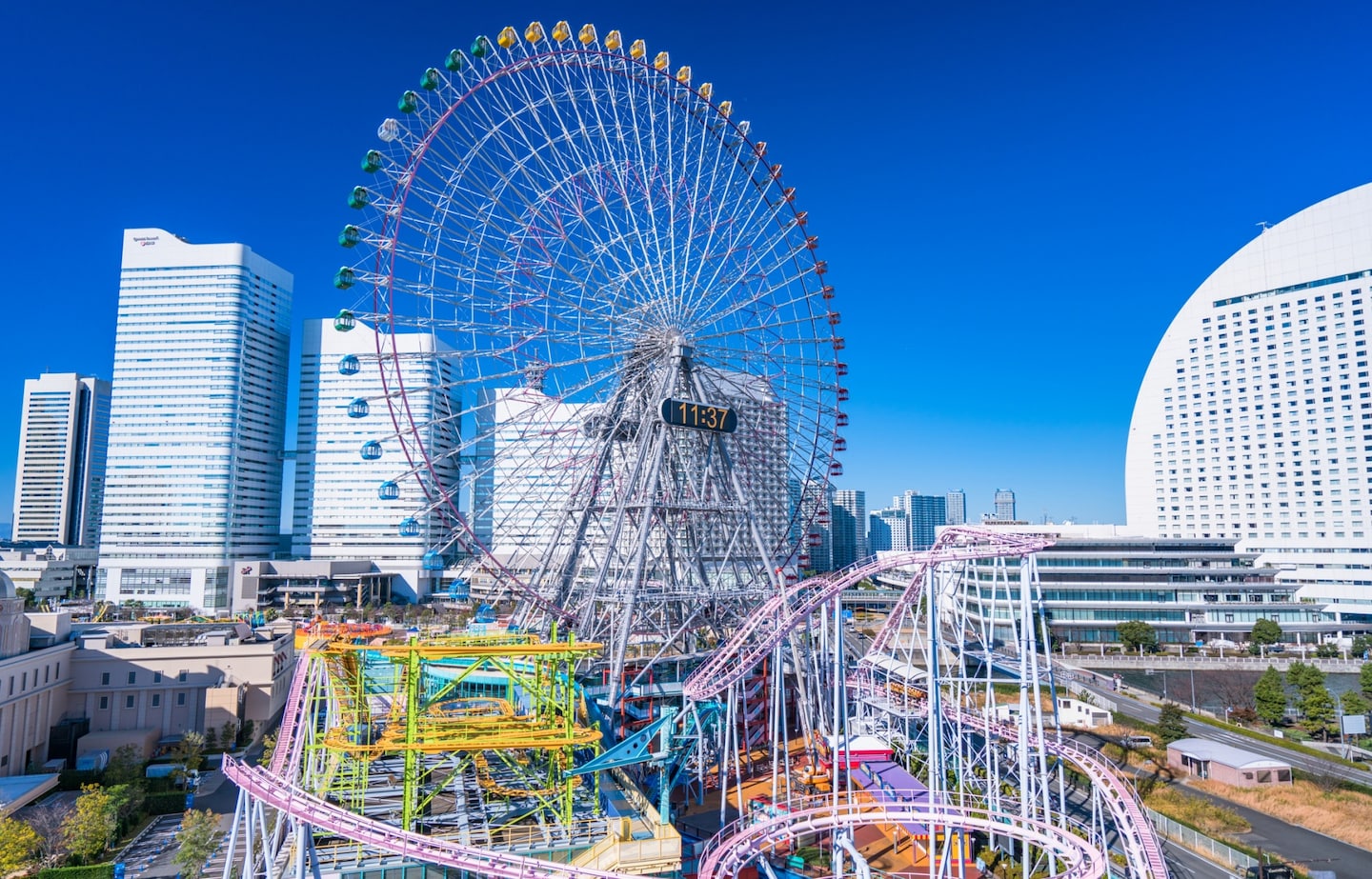
Both the past and the future coexist in Yokohama. One can experience the atmosphere of 150 years ago when the port was opened, and get a glimpse of future with modern urban spaces. Here are the top spots that will allow you to take in Yokohama to your heart’s delight, including the best places for photos, dates and, of course, yummy food.
By Yukari TanabeIn order to help you find the best places for your Yokohama adventure, we'll be using our "Eat-See-Buy" labels for each section.
Eat: Indicates a gourmet spot with many delicious items available.
See: Denotes a spot where one can enjoy the visual atmosphere and scenery of Yokohama.
Buy: Represents a shopping spot with souvenirs, clothing and more.
Great Spots for Sightseeing
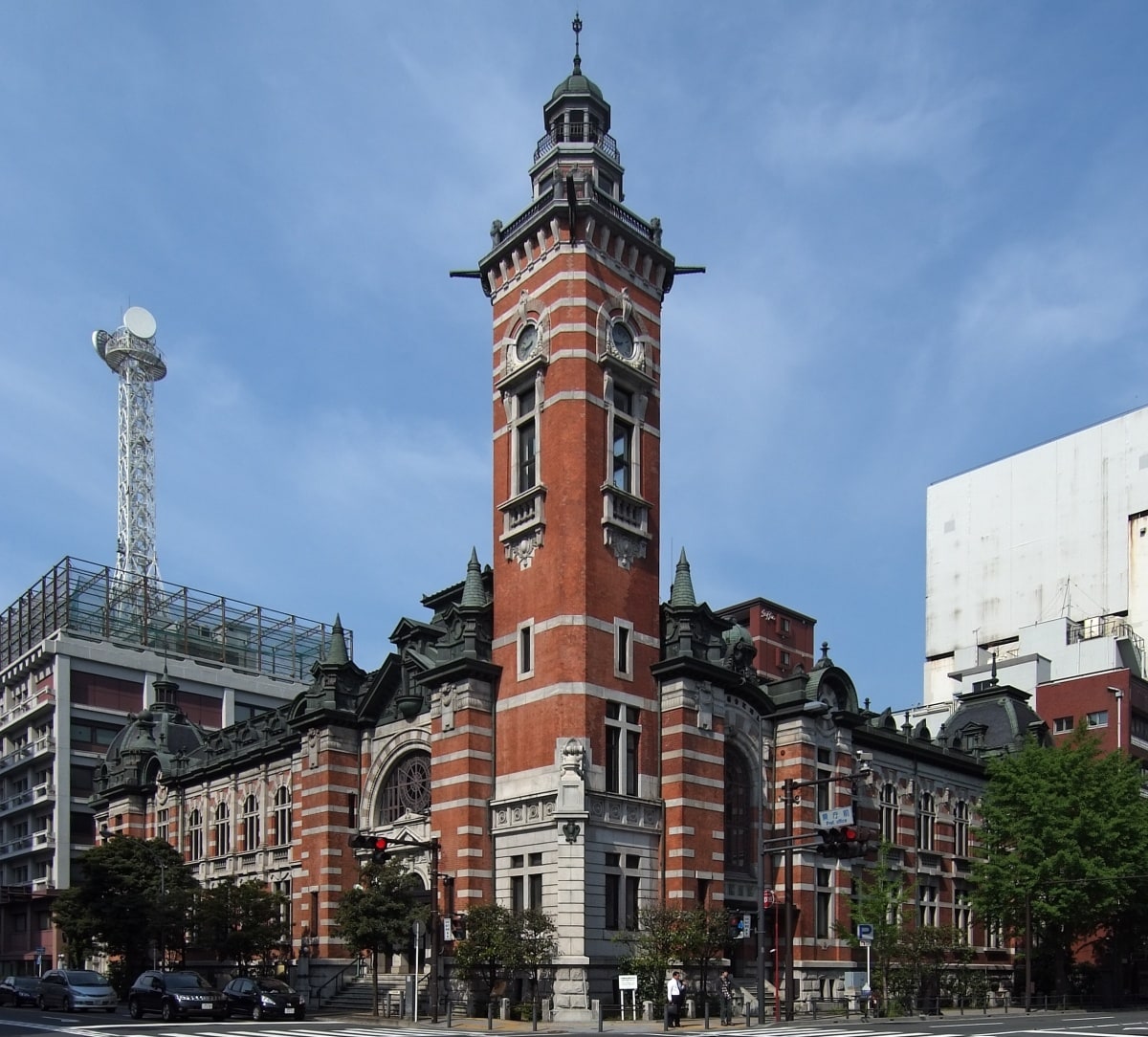
Yamate (See)
When the Yokohama Port was opened, the Yamate area was where the foreigners stayed, so there are many Western-style buildings. In addition to the Yamate Seiyokan (seven buildings, admission free), you’ll also discover other Western buildings, such as the Yamate Museum, which was built in the Meiji Period (1868-1912). There are many famous spots, like the Hama Koen with its view of the port, the foreigner cemetery, and more. In spring and autumn, the roses are in bloom at the Hama Koen rose garden, drawing many visitors.
Yokohama Three Towers (See) (pictured)
Kannai is home to the Kanagawa Prefectural Office (commonly called “King”), the Yokohama Tax Office (commonly called “Queen”) and the Yokohama Port Opening Memorial Hall (commonly called “Jack”). Together these are known as the Yokohama Sanno (Three Towers). Parts of each building have documents on display and are open to the public. According to the “Tale of the Yokohama Sanno” one’s dreams will come true after visiting the three spots from which one can see all three towers at the same time.
Spots for the Perfect Photo Op
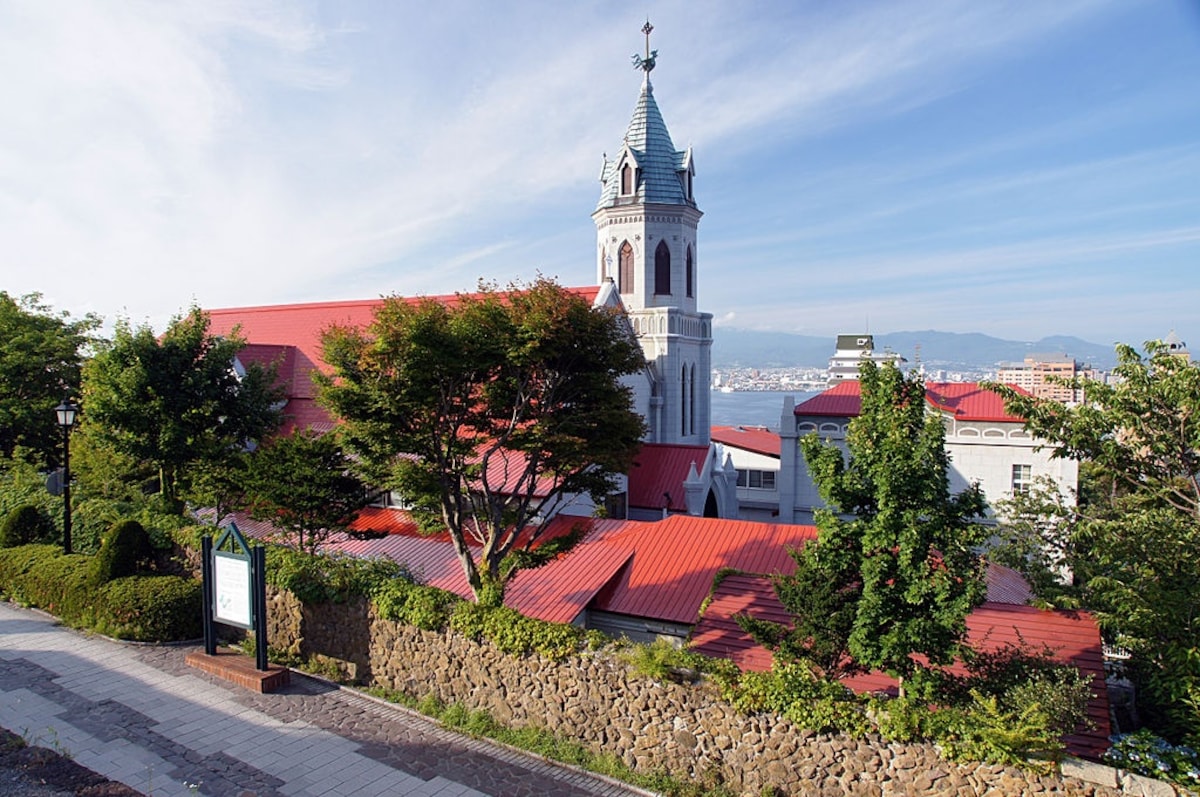
https://commons.wikimedia.org/wiki/File:Motomachi_Catholic_Church_in_Hakodate_Hokkaido_Japan01n.jpg
Osanbashi Yokohama International Passenger Terminal (See-Buy)
This passenger terminal was completed in 2002. It’s not just a pier for boat passengers, it’s also a popular tourist destination. A large outdoor area with wood decks and grass is affectionately known as the “Whale’s Back.” The second floor houses the immigration lobby, shops, halls, cafés and restaurants, and is known as the “Whale’s Stomach.” This is a popular place to enjoy the night scenery.
Motomachi (Eat-See-Buy) (pictured)
With a beautifully cobblestoned shopping street at the center, Motomachi is also home to Motomachi Craftsmanship Street, Kashidori, and a host of shops and restaurants. There are many original Motomachi brands, and the area has a large foreign influence.
Yokohama Landmark Tower (Eat-See-Buy)
This building is Japan’s second largest (as of May 2017), standing at 296 meters (971 ft) and containing 70 floors. A representative of Yokohama, it is literally a “landmark.” Floors 2 through 5 hold the shops of Landmark Plaza, 49 through 70 house the Yokohama Royal Park Hotel, and the 69th floor is the Observation Floor Sky Garden. The remaining floors contain office space.
The Best Spots to Take a Date
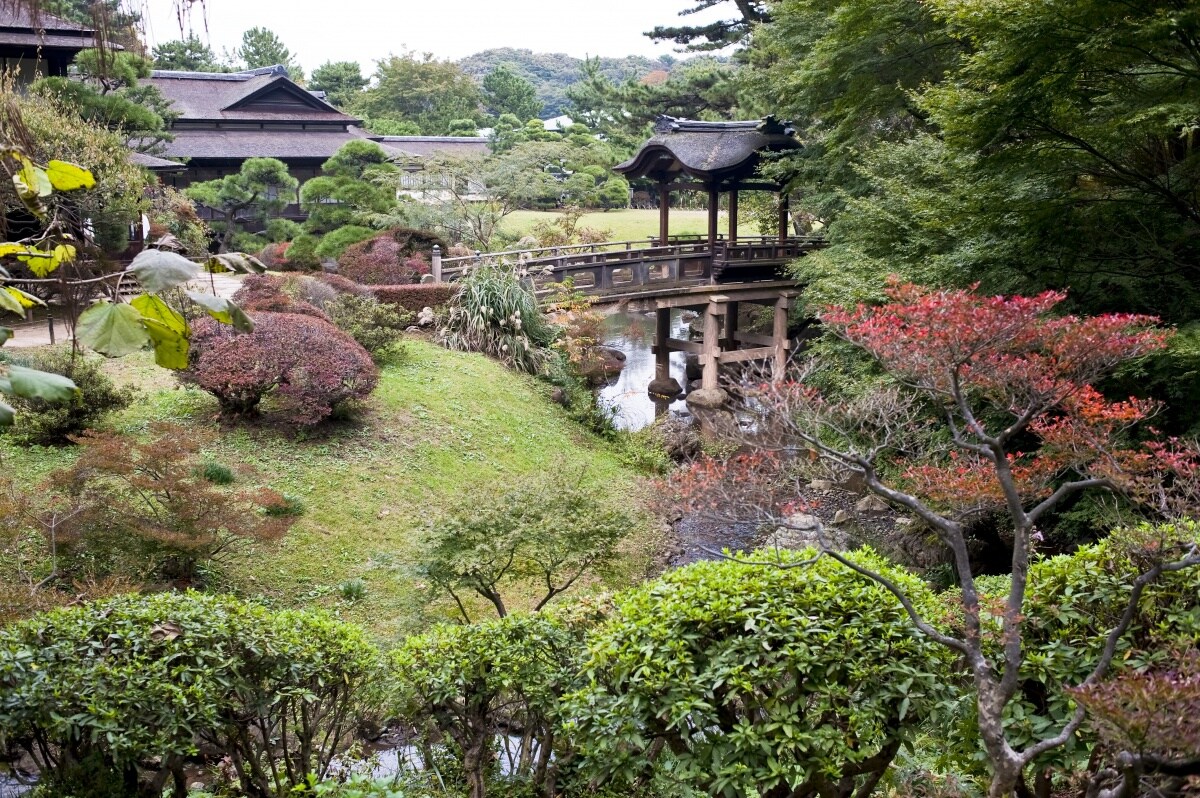
https://commons.wikimedia.org/wiki/File:Sankeien_Rinshukaku_and_Teisha_Bridge.jpg
Sankei-en (See) (pictured)
This garden was opened in 1906 by Sanimi Hara, a businessman involved in the silk trade. Occupying a large space of 180,000 square meters (1,937,503 sq ft), the grounds contain 17 historic buildings that were relocated from places like Kyoto and Kamakura, and these can be enjoyed among the seasonal flowers all year round. As of May 2017, the grounds contain 10 important cultural properties and three buildings that have been designated tangible cultural assets by the city of Yokohama. Some of the older buildings are only open during certain times of the year.
Yokohama Marine Tower (See)
Constructed in 1961 for the 100th anniversary of the port opening, this tower stands at 106 meters. It was refurbished in 2009 when the red and white exterior was changed to silver. The observations decks are on the 29th and 30th floors. The 30th floor is 91 meters (298 ft) high, so one can enjoy a beautiful view of the Yokohama Port. In addition to the observation deck, the facilities on the 1st through 4th floors have also been renovated. It’s a great place to visit, with restaurants, cafes, souvenir shops, halls, satellite radio studios and more.
Hot Spots You Can't Miss
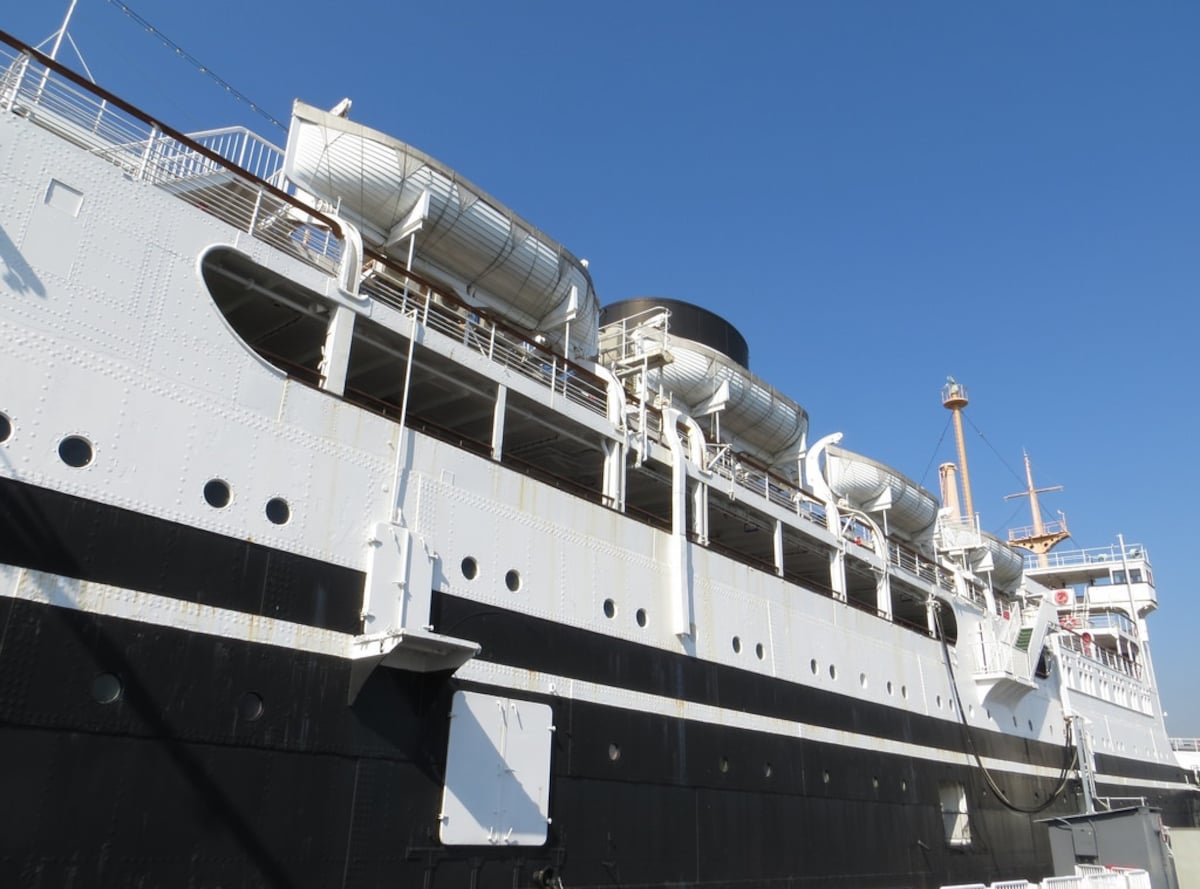
https://www.flickr.com/photos/91077297@N08/15632975158
Yamashita Park (See)
This park opened in 1930, and was constructed on the area that served as a landfill for the rubble from the Great Kanto Earthquake. It contains many monuments, including The Girl with the Red Shoes, Kamome Sailor’s Monument, Water Guardian, and the Indian Water Tower. Enjoy the cherry blossoms in spring, the roses in spring and autumn, and the night view of the gingko trees lined up in the park.
NYK Hikawamaru (See) (pictured)
This was active as a large passenger boat on the North Pacific Route until 1960. The beautiful ship, known as the “Queen of the North Pacific,” escaped damage in WWII, and in 1961 it was moved to the port of Yokohama in front of Yamashita Park to celebrate the 100th year of the opening of the port. One can view the interior for a fee, and the 1930 art deco feel will give one the sense of taking a luxurious cruise on an elegant ship.
Night Spots for Food & Fun

https://www.flickr.com/photos/carles_tomas/4122190010
Yokohama Chinatown (Eat) (pictured)
From the large, venerable shops facing the main street to the family-run businesses in the alleyways, here one can enjoy all manner of Chinese dishes. The 500 square-meter area is filled with over 200 Chinese restaurants. You may have trouble deciding which to choose, so we recommend that you do some research and decide before you visit.
Yokohama Red Brick Warehouse (Eat-See-Buy)
This warehouse (historical building) was completed in the Meiji and Taisho Periods and rebuilt and now contains commercial facilities. It’s located in the New Port area of Minato Mirai. Consisting of Building One and Building Two, it houses restaurants, cafes, halls, and shopping malls. The “retro” exterior and interior is quite popular. The Cup Noodle Museum opened up nearby in October of 2011, increasing the appeal of the New Port area.


